Discover the best journalism tools that will help you become a more effective reporter.
I know from experience that every newsroom is looking to stay abreast of the latest journalism tools that can help them source and fact-check a story.
After all, good journalism requires a reporter to source engaging and important stories, check the facts associated with them, and present them to the public via a given platform. For those who see journalism as a good career choice, that is as true now as it was 50 years ago.
What is different now is the journalism tools reporters are using. For example, social media has now come to prominence in an unprecedented way. Many stories are simply born out of the tweets of a person in the spotlight, with a former US President being an obvious example of this (‘covfefe’, anyone?).
The rise of social media and misinformation has also led to fact-checking being a more complex task. In the past, investigative journalism relied upon the likes of well-placed sources, pursuing stories through FOIA requests, and gaining information over the phone, or in person.
Of course, contemporary reporting uses these methods, but there is also an abundance of digital tools being used by investigative journalists to source, check, and present their stories.
Data journalists have a host of digital tools at their ready, so the visualization of these stories has also changed drastically. Simple examples of this that frequent the news are interactive maps, infographics, and dynamic tables.
If you are a reporter reading this, you may be looking to curate the next one of those journalism tools that will help you with your workflow. Below is a list of useful tools that reporters in newsrooms up and down the country rely on.
Contents
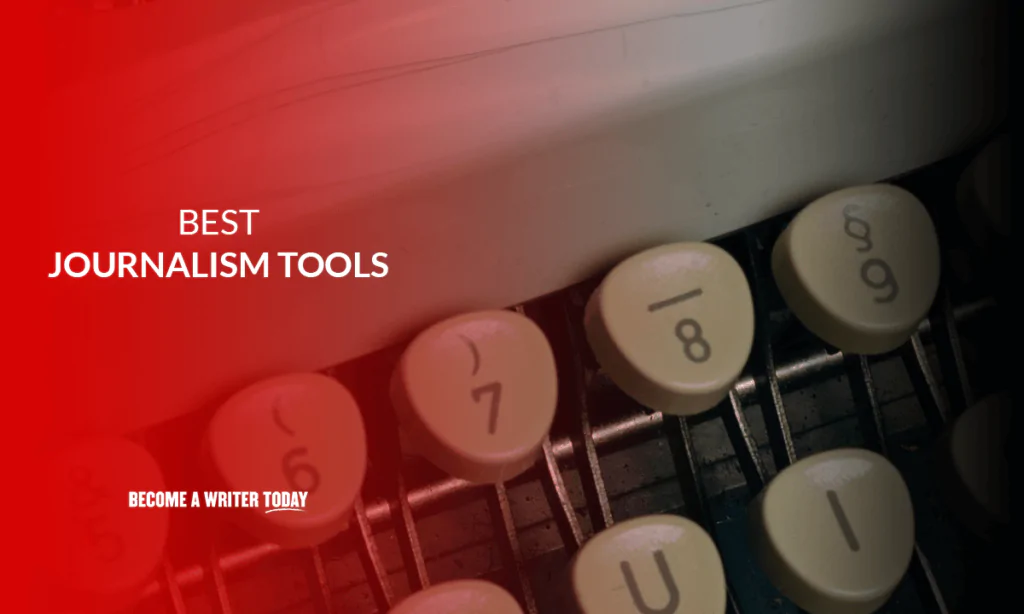
1. Answer The Public
Pricing: From $79 per month.
Use For: Finding the questions the public are asking and crafting story ideas around those queries.

The first step most journalists have to take when reporting a story is deciding what subject that story is going to be on. Occasionally, that topic will fall into your hands, via an event that is unavoidable, or a source that comes to you.
However, more often, you will have to do some research and find a topic of interest. A useful tool for this is AnswerThePublic, as it listens to the autocomplete data from search engines and tells you what the world is talking about in real-time.
To summarize, AnswerThePublic collates, tracks, and alerts journalists to the important questions being asked on search engines and presents them in easy-to-view datasets. It also hosts an abundance of tutorials, to help you get accustomed to the tools.
2. BuzzSumo
Pricing: There is a free price plan, but it is quite restrictive
Use For: BuzzSumo shows you the headlines that are performing well relating to a particular topic

A key part of online journalism is providing a headline that captures the attention of the audience. Of course, you can deride this practice as ‘click-bait’ journalism, but to reach the readers you do have to capture their attention.
BuzzSumo helps you do this, by showing you the headlines that are performing well. It also offers the function of placing a competitor’s URL into their system, to show you what headlines are performing well on viral web pages.
It’s a great tool for building headline style guides and templates to gain maximum traction on a given story. If you are an entertainment journalist, it also gives insight into the performance of various ‘influencers’ by entering their URLs into the platform.
3. Account Analysis
Pricing: €15 per month
Used For: Analysing tweets from certain accounts, to ascertain whether, or not, that account is a legit source
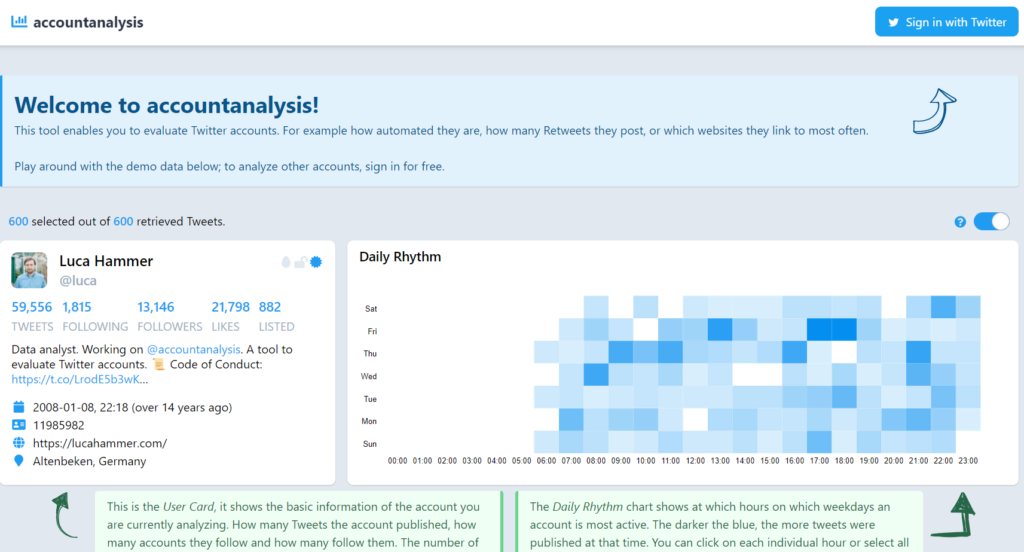
Whether we like it or not, social media has become a popular tool to spread misinformation on. Account Analysis is a useful tool, as it allows journalists to analyse tweets from users in an easy-to-view format.
This is a useful way to gauge the legitimacy of Twitter users and whether or not you should be using their tweets within a story. In the age we are living in, it is also a handy way to spot bots on social networks.
4. FOIA Machine
Pricing: Free
Use For: Filing and tracking Freedom of Information Act public records requests
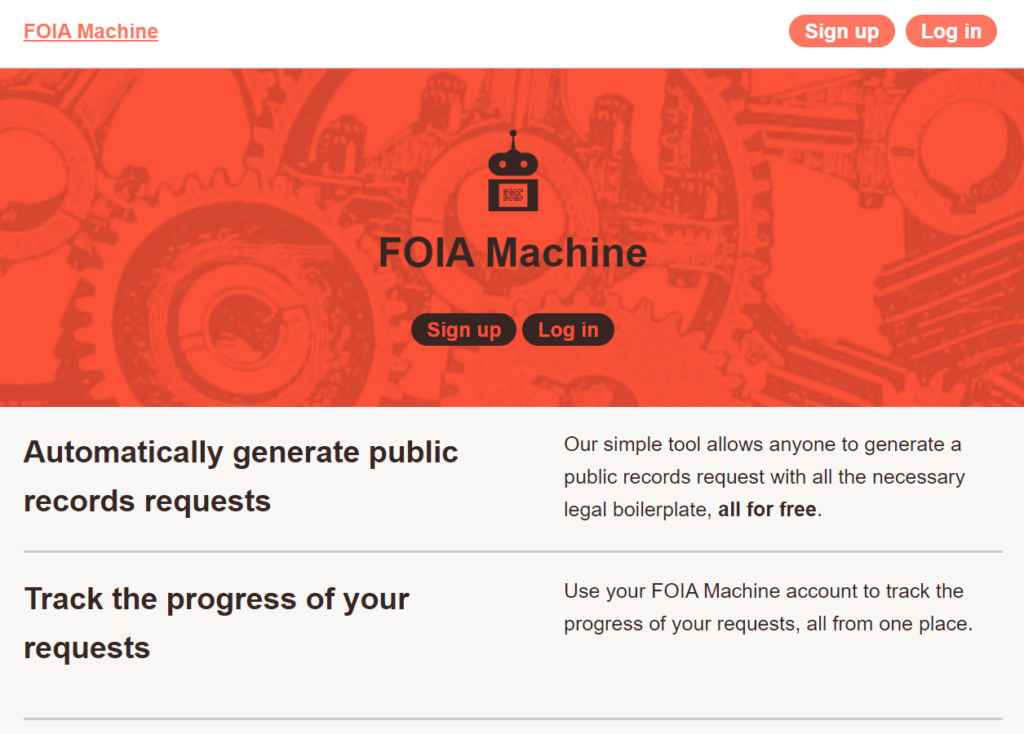
This nonprofit tool FOIA Machine offers journalists the opportunity to file public records requests with all the necessary legal bindings in place. It is a fascinating tool and one that is particularly useful for data journalism.
If you are filing several requests, you can track them all in real-time here too. It is much more useful than keeping 15 different Google Sheets tabs open on Chrome.
5. Import.io
Pricing: Free tailored consultation helps them design a plan to suit your needs
Used For: Getting and analysing data from the web.

This is a fantastic tool Import.Io for data journalists, as it extracts data and docs from throughout the internet, using multiple sources, which can add credence to any story.
It recently did a blog underlining both its own offerings and a recent trend in the media, which showed how coverage changed throughout the covid-19 pandemic. If you are looking to see the usefulness of this tool and in particular, of data visualization, then we suggest you take a look at that piece.
6. oTranscribe
Pricing: Free
Use for: Transcribing audio and video files
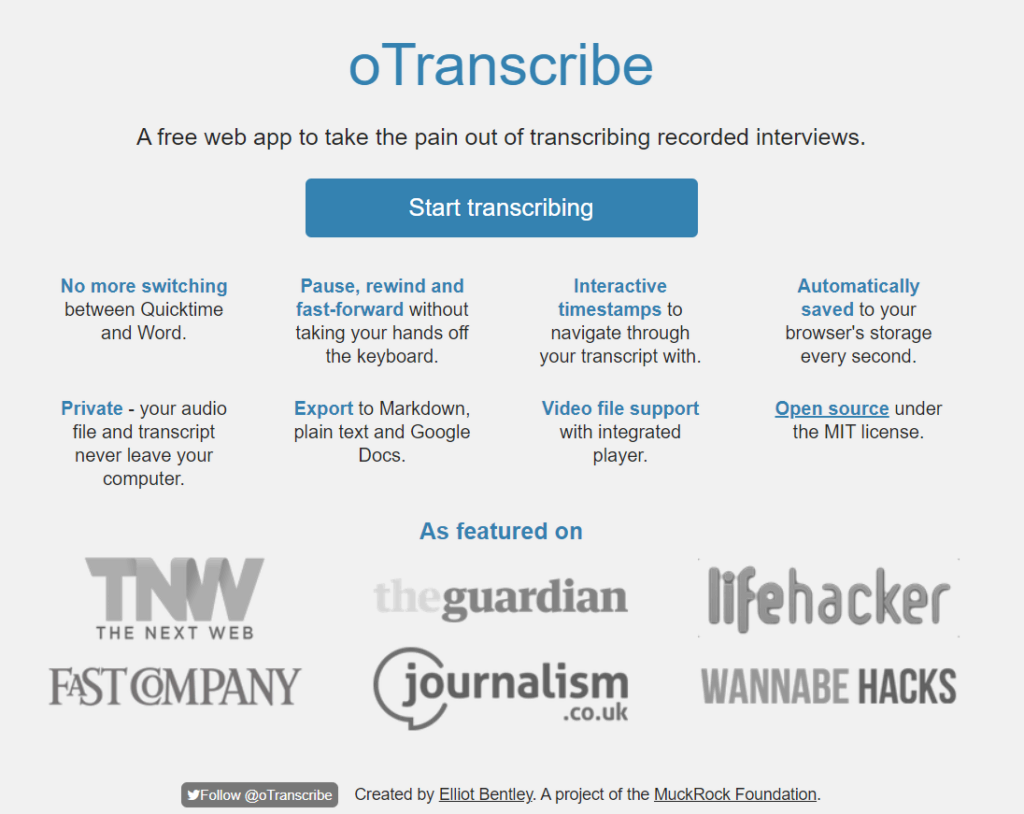
oTranscribe is one of those media tools that journalists of yesteryear were crying out for. It describes its offering as a ‘free web app to take the pain out of transcribing recorded interviews. In essence, it is a transcription tool that can save you an abundance of time.
Anyone who has ever had to transcribe a long interview knows how tedious it can be going to and from your audio or video. This is one tool that helps you with that. You simply use the shortcuts on the keyboard and it cuts out that problem.
Although, unfortunately for some of you, we couldn’t find a multimedia tool or a mobile app that could help transcribe your shorthand. You will still have to do that the old-fashioned way!
7. Rev
Pricing: $0.25 per minute/$1.50 per minute
Use for: Transcribing audio and video files
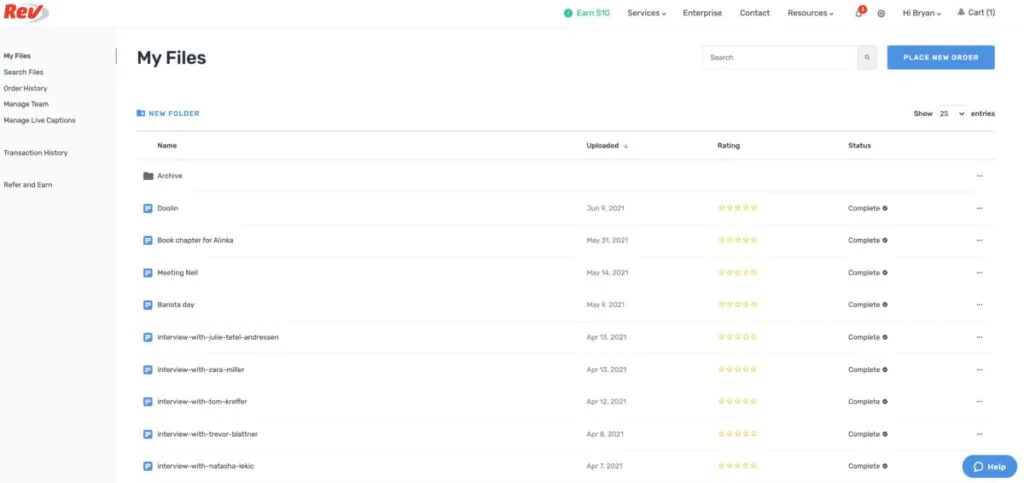
Nothing is more painful than listening back to a recorded interview and typing it out before writing a news story.
If you’ve transcribed a long interview and have a budget, Rev is worth checking out. You can use either AI-powered or human transcription ranging from 0.25cents to $1.50 per minute. The latter is probably only affordable if you’re under a pressure for a big deadline.
Read our Rev transcription review
8. Grammarly
Pricing: Free/$30 per month
Used for: grammar and plagiarism checkers
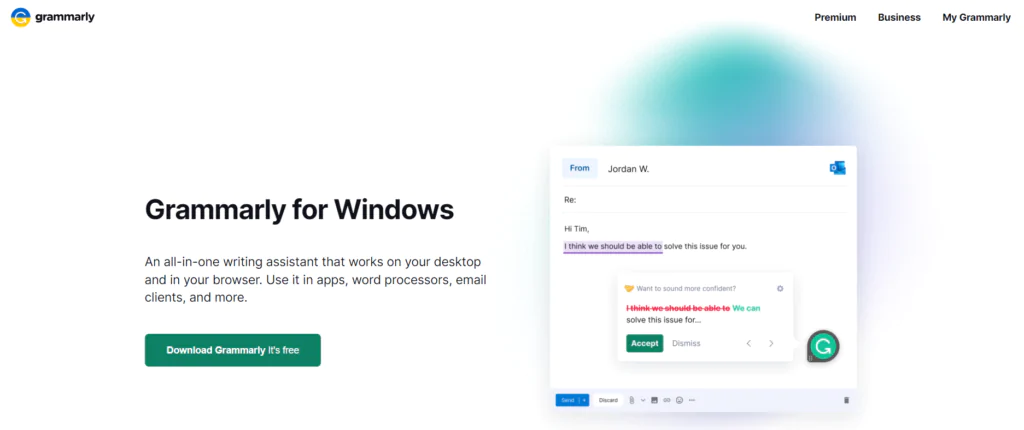
Over the past few years, Grammarly has built a reputation as one of the best grammar checking tools journalists can use.
If you’re a freelancer, you can use the free version. The paid version contains additional tools like a plagiarism checker and advanced grammar checks. The plagiarism checker is useful for finding links and checking sources and vetting work by other writers.
Read our Grammarly review
We tested dozens of grammar checkers, and Grammarly is the best tool on the market today. It'll help you write and edit your work much faster. Grammarly provides a powerful AI writing assistant and plagiarism checker.
9. Lingofy
Pricing: It varies, but for the associated press stylebook it is $69.99
Use For: Helping to ensure content meets a certain grammatical and editorial standard
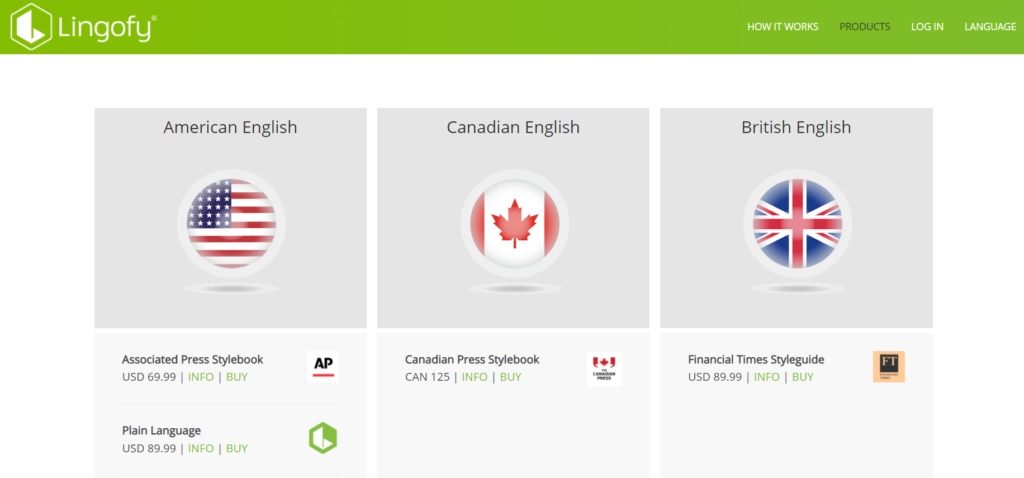
This virtual proofreader helps ensure your writing matches a certain style and tone. It also picks up on grammatical errors you may have missed and makes sure your writing is clear and concise. After a long shift in the newsroom, this media tool is a godsend for many journalists.
10. Dragon Anywhere
Pricing: $14.95per month
Used for: grammar and plagiarism checkers
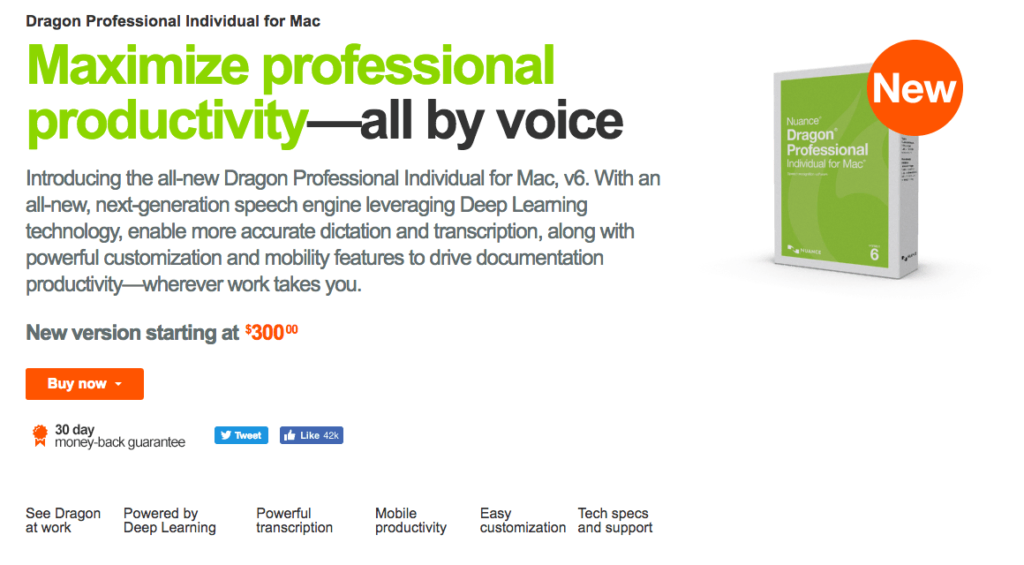
It’s common to experience RSI when spending lots of time typing at a desk. Dictation software can help journalists write the first drafts of their stories much faster via dictation, all while avoiding these types of injuries. It’s also more affordable than transcription software, which charges a per minute fee.
You can either use the built-in dictation software on your computer or opt for a dedicated solution that should produce more accurate results. If you opt for the latter, invest in a dedicated headset.
Read our Dragon Anywhere review
Dragon offers professional-grade speech to text with near 95% accuracy. It's available on iOS and Android.
11. Associated Press Style Guide
Used for: ensuring a consistent writing style
Pricing: From $23
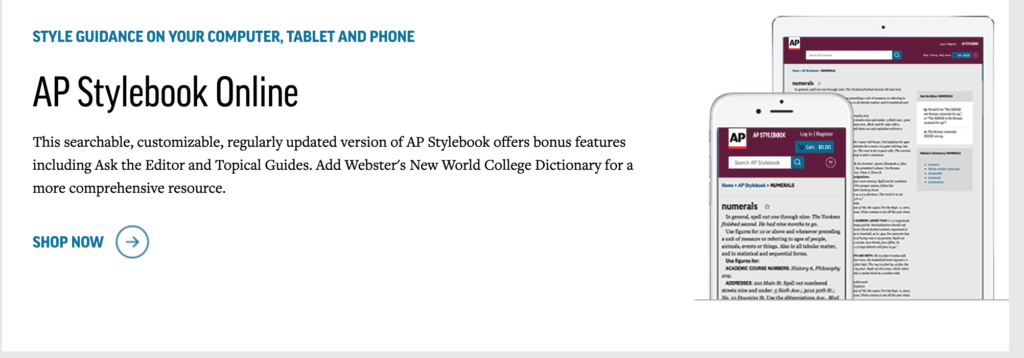
All good journalists ensure their articles and news stories have a consistent style and tone of voice. The easiest way to do this is by referring to one of the best style guides available as it will save time second-guessing grammar, punctuation and other writing issues.
From the Associated Press, this guide is accessible as a book, desktop and mobile. It covers topics like data journalism and more specific issues like correct punctuation and spelling. You can also purchase this guide with New Webster’s College dictionary. That said, it’s always a good idea to ask the editor of the publication you’re writing for about their preferred style guide.
Other Items A Journalism Toolbox
Every good journalist needs some basic equipment in their journalism toolbox. These include a smartphone, dictaphone, laptop, headset for calls, a writing app and potentially a tablet. A good bag, battery pack and charger are helpful if on the road. They may also need some specific software for taking photos, recording videos, and editing on the go.
The above is an overview of some of the great journalism tools available. Of course, there are many more out there and as the world of media changes, even more, will appear.
Although the digital tools of the trade may change, the personal tools you need won’t. The most important elements of being a good journalist are still the ability to sniff out a story, the curiosity to follow up on leads, and the innate ability to fact-check all your information.
If you already have those, you are in a good place to start. The above will just add to your toolkit. Finally, if you’re looking for software and tech only, check out our guide to the best journalism apps.
Resources for Journalists
What Is An Inverted Pyramid in Journalism
What Is Muckraking Journalism?
What Is Watchdog Journalism? A Helpful Guide
What Is Science Journalism? A Detailed Guide
10 Best Tools for Data Journalism For Research and Data Management
Best 7 Journalism Skills To Make You a Successful Journalist
5 W’s of Journalism: Everything You Need To Know
What Is Editing In Journalism? A Comprehensive Guide For Budding Journalists
What Is Gonzo Journalism? Explained
FAQ
What are the responsibilities of a journalist?
The Society of Professional Journalists (SPJ) states that “journalism should be accurate and fair” and “journalists should be honest and courageous in gathering, reporting and interpreting information.”
What is the definition of “journalism”?
Journalism is defined as the collection, preparation, and distribution of news.
What is the significance of a journalist’s notebook?
A journalist’s notebook is a significant tool, as it allows them to detail the goings-on at any given moment and detail facts, which can later be prepared and distributed as part of a news story.
What are the tools of news gathering?
The primary methods for news gathering are observation, conversations with sources, desk and online research and interviews. From there, a journalist should be able to synthesise information and write an accurate story.
What mobile journalism tools Do I need?
In a lightweight, weatherproof bag, pack a portable laptop or tablet with a keyboard and a battery charger and pack. Include a smartphone for interviews and a voice record. A headset is also a good idea for interviews and phone calls. If you’re publishing the interview audio, include a portable microphone like the Rode InterviewGo.

